The rise of Disco and subgenres of Rock
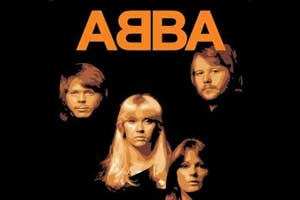
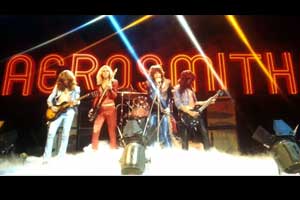
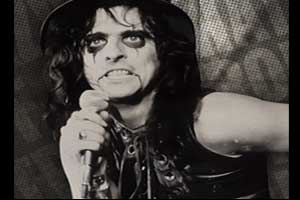
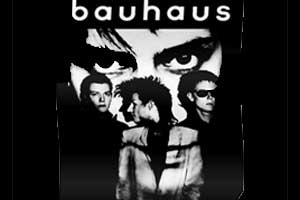
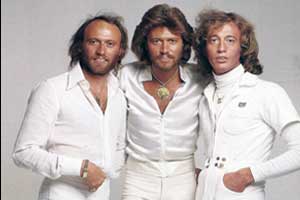

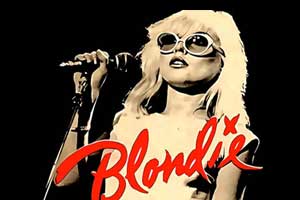
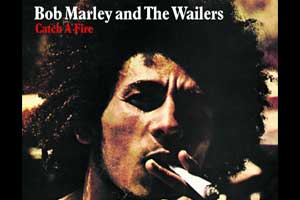
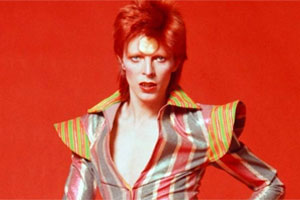

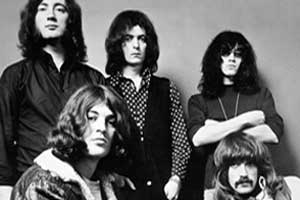
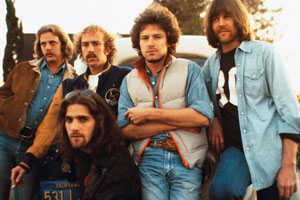
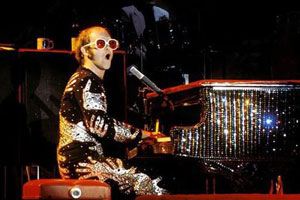
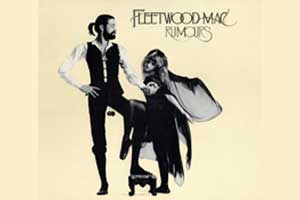
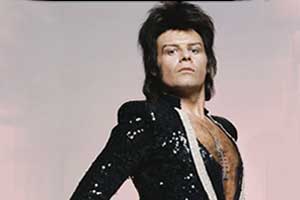
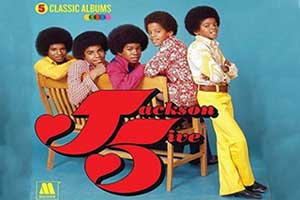

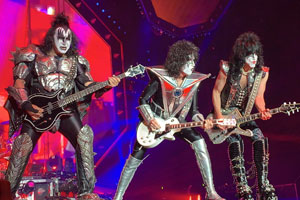
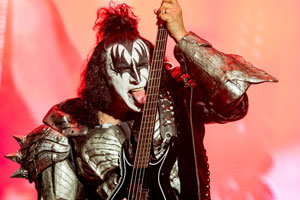
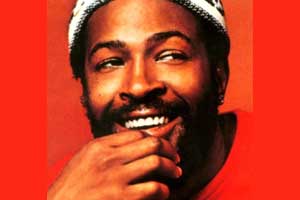
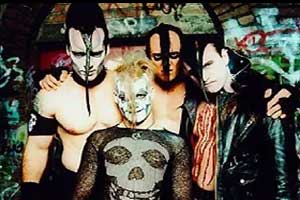
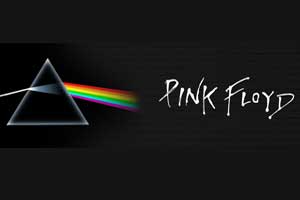

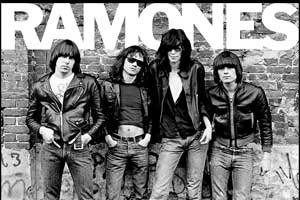

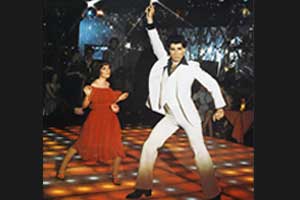
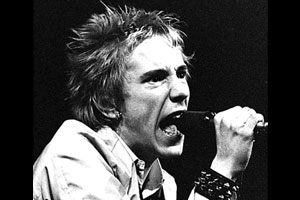
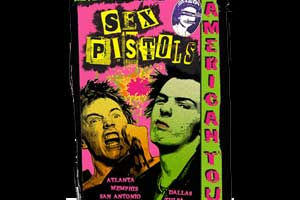
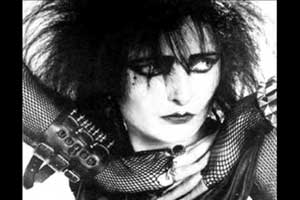
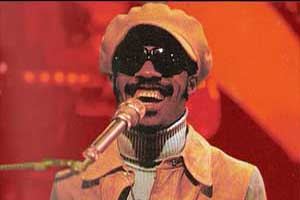
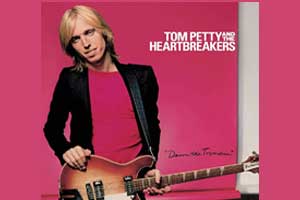
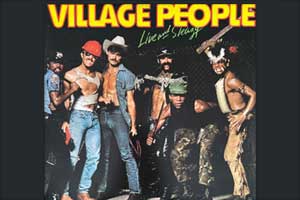
Disco dominated the era. Along with this subgenres of Rock emerged including Glam, Hard, Heavy Metal and Punk which all achieved various amounts of success. The term “Disco” is shorthand for the word discothèque, a French word for “library of phonograph records”. EThe culture emerged in the 1970s from the United States’ urban nightlife scene. A mixture of music from venues popular with LGBTQ Americans, Italian Americans, Hispanic and Latino Americans, and black American. Philadelphia and New York City during the late 1960s and early 1970s were the hot spots of the musics’ dance craze. The well-known artists included the ABBA, Bee Gees, Blondie, Donna Summer, Gloria Gaynor, Earth Wind & Fire, KC and the Sunshine Band, Thelma Houston, and the Village People. Disco clubs were also associated with promiscuity as a reflection of the sexual revolution of this era in popular history and film, in particularly Saturday Night Fever (1977).
Glam or glitter rock developed in the UK in the post-hippie early 1970s. It was characterized by outrageous clothes, makeup, hairstyles, and platform-soled boots. The flamboyant lyrics, costumes, and visual styles of glam performers were a campy, playing with categories of sexuality in a theatrical blend of nostalgic references to science fiction and old movies, all over a guitar-driven hard rock sound. Pioneers of the genre included David Bowie, Roxy Music and T.Rex. Other performers aimed much more directly for the popular music market. The glitter image was pushed to its limits by Gary Glitter and The Glitter Band. Largely confined to the British, glam rock peaked during the mid-1970s, before it disappeared in the face of punk rock and new wave trends.
Heavy Metal (or simply Metal) is a genre of rock music that developed in the late 1960s and early 1970s, largely in the UK and US. Led Zeppelin, Black Sabbath and Deep Purple Though they came to attract wide audiences, they were often derided by critics. Several American bands modified heavy metal into more accessible forms during the 1970s: the raw, sleazy sound and shock rock of Alice Cooper and Kiss; the blues-rooted rock of Aerosmith.
Hip Hop and Rap also known as rap music and formerly known as disco rap originated in the Bronx borough of New York City in the early 1970s – hip hop old school Video? Early scratching did 1980s. Hip hop music or hip-hop music, is a genre of popular music that originated in the Bronx borough of New York City in the early 1970s.
Pop, Rock and Soft Rock. These, and many other acts straddled the divide between pop and rock music, managing to maintain a level of respectability with rock audiences, while enjoying success in the singles chart, including Queen and Elton John. Soft rock was prominently featured on many top 40 and contemporary hit radio stations throughout the 1970s. Soft rock often used acoustic instruments and placed emphasis on melody and harmonies. Fleetwood Mac had some of the best-selling albums of the decade. Pop artists who best characterized the popularity of the music of the era included The Eagles, Elton John, Foreigner, Journey, Rod Stewart, Sonny and Cher, and Tom Petty and the Heartbreakers.
Punk rose in the mid-1970s from its protopunk-garage band roots in the early 1970s. Styles as T-shirts with deliberately offensive graphics, leather jackets, studded orspiked bands and jewellery, safety pins, and bondage and S&M clothes. Punk music has also been heavily associated with a certain absurdist fashion which exemplified a genuine suspicion of mainstream culture and values. rejected affiliation with the mainstream.- scornfully rejected the political idealism and Californian flower-power silliness of hippie. The Sex Pistols and The Clash were the earliest British acts to make it big in both the UK. In the US, particularly New York City, was a hot spot featuring bands like The New York Dolls, Television, Patti Smith and the Ramones many playing at the infamous club onthe lower east side CBGBs. Lastly a subgenre formed with The Cramps an LA band (a gothabilly/psychobilly/rockabilly mix) and The Misfits a New Jersey band (campy/horror punk).
Rhythm and Blues, frequently abbreviated as R&B or R’n’B, is a genre of popular music that originated in African-American communities in the 1940s. By the early to mid-1950s Rock music in the US dominated with singers like Elvis Presley. And by the 1970s artists like Marvin Gaye, Stevie Wonder, and Michael Jackson with the Jackson Five were popular.
Regae and Ska were music genres that originated in Jamaica in the late 1960s. By the early/mid 1970’s artists like Bob Marley, Jimmy Cliff and Peter Tosh. Eric Claptton with 1974 cover of Bob Marley’s “I Shot the Sheriff” which made it onto the playlists of mainstream rock and pop radio stations worldwide. Ska divide the history of ska into three periods: the original Jamaican scene of the 1960s; the 2 Tone ska revival of the late 1970s in Britain, which fused Jamaican ska rhythms and melodies with the faster tempos and harder edge of punk rock forming ska-punk; and third wave ska, which involved bands from a wide range of countries around the world, in the late 1980s and 1990s.
Underground Music: Industrial | Gothic. The emergance from post-punk in the United Kingdom in the late 1970s in England and influences from the Velvet Underground in NYC in the late 1960’s. The first post-punk bands which shifted toward dark music with gothic overtones The genre itself was defined as a separate movement from post-punk. Gothic rock stood out due to its darker sound, with the use of primarily minor or bass chords, reverb, dark arrangements, or dramatic and melancholic melodies, having inspirations in gothic literature allied with themes such as sadness, nihilism, dark romanticism, tragedy, melancholy and morbidity. These themes are often approached poetically. The sensibilities of the genre led the lyrics to represent the evil of the century and the romantic idealization of death and the supernatural imagination. Gothic rock then gave rise to a broader goth subculture that included clubs, fashion and publications in the 1980s, 1990s, and into the 21st century. Bauhaus, The Cure (early work), Joy Division (Later became New Order), Siouxie & The Banshees, and The Sisters of Mercy. By the early 1980s included: Cocteau Twins, Dead Can Dance, and Xmal Deutschland. By the 1980s Industrial Music took shape starting in Chicago music underground scene.
